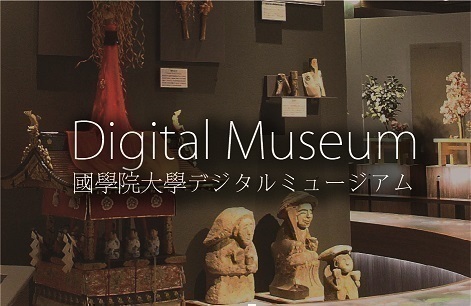- トップ
- Encyclopedia of Shinto
- Kengyō
Encyclopedia of Shinto
| Main Menu: | |
| Links: |
詳細表示 (Complete Article)
| カテゴリー1: | 3. Institutions and Administrative Practices |
|---|---|
| カテゴリー2: | Officiants |
| Title | Kengyō |
| Text | One who has general responsibility for the management of a shrine or temple, derived from a Chinese term meaning "to investigate and consider." The term seems to have been in use from the beginning of the Tang period in China as a word for the duties of a certain type of Buddhist monk. Its first appearance in Japanese history dates to an 855 entry in Montoku jitsuroku (ninth month, first day of the dog) designating a kengyō to oversee repairs of the Great Buddha statue (daibutsu) at the temple Tōdaiji, but this seems to have been a temporary designation, which later became a standard position in the temples and shrines of various provinces. It is also believed that kengyō came to be appointed at shrines after the office of shasō ("shrine monk") developed. Records of kengyō may be seen at Kitsuki Taisha (now called Izumo Taisha), Kumano Sanzan (Hongū, Shingū, Nachi), Hinomisaki Jinja, Atsuta Jingū, Itsukushima Jinja, and others. Yet after Zōyo was appointed kengyō of Kumano Sanzan in 1090, the office of Kumano Sanzan kengyō became particularly famous. From the mid-Heian period examples of the term kengyō and the related word sōkengyō appear. After the Muromachi period, the word came to be applied to the highest-ranking officer in the Tōdōza, the publicly recognized group of the blind who were granted the privilege to practice special professions. — Nishimuta Takao |




